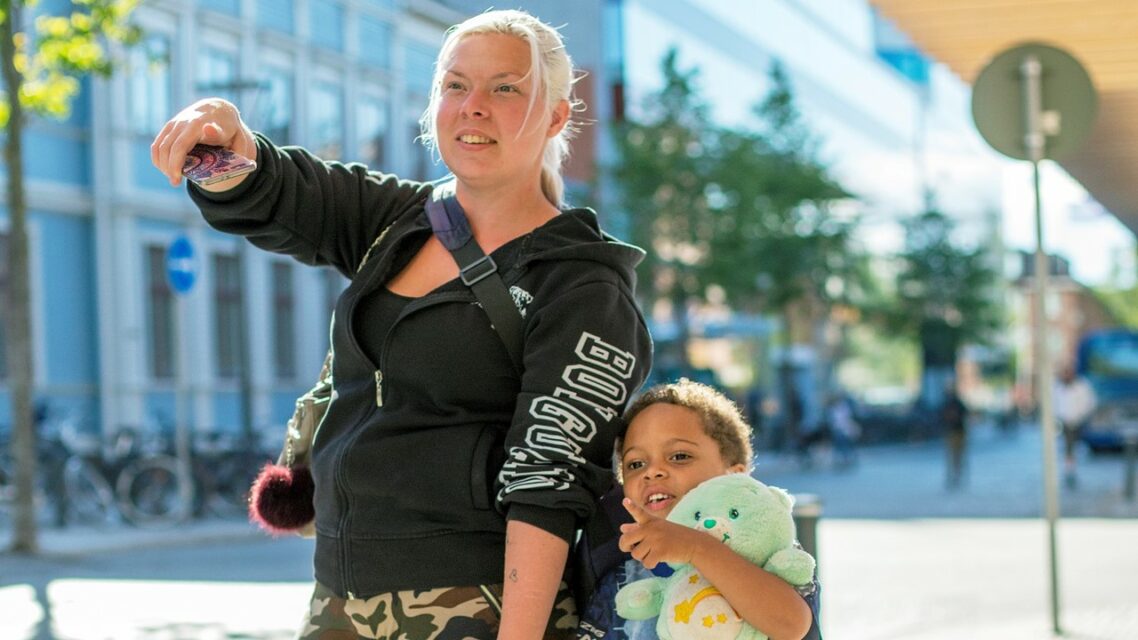Three months after the COVID-19 restrictions were released in Sweden, public transportation travel is at just over 80% of 2019 levels. According to Transdev Sweden’s latest survey on our work and travel habits during and after the COVID-19 pandemic, 10% of those who travelled by public transit before the health crisis plan not to return. More flexible fares, greater transit service offering, and higher car costs could be part of the solution to bringing passengers back.
The COVID-19 pandemic is loosening its grip on public transportation. Concerns about being infected on public transit are declining among both men and women, among all age groups, and among both public transportation passengers and those who do not use public transit very often. Remote working, which will be one of the legacies of the pandemic, will not be as common as we had imagined. Despite this positive development, Transdev’s latest survey shows that 10% of pre-COVID-19 public transit passengers are unlikely to ever return to public transportation.
This figure has remained constant throughout the pandemic and continues at the same level three months after restrictions have been lifted. The entire industry in Sweden has now united behind a program statement with the goal of 4 out of 10 motorized trips being made by public transportation. To achieve this, we need to develop our service offer, but also get the help of policy makers to create better conditions for public transportation. Our industry is an important enabler for Sweden to achieve the climate goals.
Eva Tiséus, Marketing and Communications Director at Transdev Sweden
Passengers who left public transportation during the pandemic are asking for more flexible fares (32%), a wider range transit service offering (31%), and for fewer passengers to come back (25%). Vaccines and facemasks, which used to top the list during the pandemic, are now at the bottom of the priority list.
Interestingly, these desires are linked. Congestion was already a pain point for many passengers before the pandemic began, but it is clear that COVID-19 has put more focus on the congestion issue. Increasing the range of public transit services and at the same time working with more flexible and time-differentiated fares can reduce congestion and make public transportation more attractive.
Eva Tiséus
Another trend is that fuel prices have encouraged more people to use public transportation. More than a quarter of city dwellers (27%) and as many as 35% of those living in rural areas say that higher fuel prices have led them to travel less by car in recent months. Metropolitan residents indicate that they have replaced their car journeys mainly by walking, public transit and cycling, while rural residents have mainly cancelled their journeys or replaced them with walking and cycling.
Two important lessons for us are that increasing the cost of the car encourages more people to use public transportation. But to get motorists to use public transit more, we also need to ensure that an attractive public transportation solution is in place. This may sound trite, but it is not entirely obvious when you look at the trend in recent years where public transit in rural areas has been phased out in several places in Sweden. Access to public transportation in rural areas is a question of fairness and we need to find new, more flexible solutions.
Eva Tiséus
More information on the survey
Since May 2020, Transdev Sweden has conducted seven panel surveys to better understand the impact of the pandemic on Swedes’ work and travel habits. The last survey was conducted in mid-May 2021, three months after the restrictions were released. A total of 1,017 respondents took part in the survey. The sample is representative of the Swedish population in terms of gender, age and region. The survey is part of Transdev’s efforts to better understand our passengers and the trends affecting public transportation in order to be a better partner and advisor to our customers, the regional public transportation authorities.

